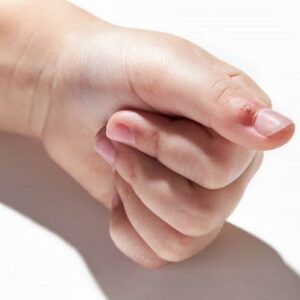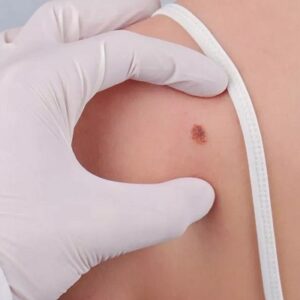
Warts are tiny, often painless skin growths. They are usually not harmful. The virus responsible for them is the human papillomavirus (HPV). The HPV virus comes in over 150 different varieties. Even while warts are usually harmless, many people find them to be uncomfortable and a cosmetic problem. Removing warts using over-the-counter medications or surgical techniques is a popular practice.
Nonetheless, there are hazards associated with the wart removal procedure. This thorough guide investigates the reasons for the dangerous removal of warts and the techniques individuals use to have smoother skin. We are discussing why removing warts is considered risky in this blog.
What Are Warts?
Some forms of the human papillomavirus (HPV) may create warts, which are growths on the skin. When a virus enters the epidermis and accelerates the growth of skin cells, warts develop. When you come into touch with the virus, warts may spread. When you come into contact with a wart and another area of your body, you risk contracting the infection once again. You risk infecting others if you share towels, razors, or other personal goods. Warts are more likely to appear where there is a break in your skin, including from scrapes, hangnails, wounds, or tightly bitten nails.
Typical Techniques for Wart Removal:
OTC (Over-the-counter) Medication:
- Salicylic Acid: A popular component of many over-the-counter wart removal treatments, salicylic acid acts by dissolving the wart’s cells.
- Cryotherapy: Over-the-counter freezing sprays use a propane and dimethyl ether combination to freeze the wart, eventually forcing it to come off.
- Topical Creams: Midazolam is one element in some creams that triggers the immune system to attack and eradicate warts.
● At-Home Cures
- Duct Tape: Rubbing duct tape on a wart is a do-it-yourself treatment that may gradually remove the growth.
- Apple Cider Vinegar: Studies suggest that the acidic nature of apple cider vinegar gradually dissolves the tissue around the wart.
Clinical Procedures:
- Cryotherapy: Using liquid nitrogen, warts are frozen and extracted in a medical setting.
- Electrosurgery: This procedure burns away warts with an electrical current.
- Laser Therapy: By employing laser technology to damage the blood arteries, nourishing the wart, laser therapy causes the wart to wither and eventually fall out.
Why Is Removing Warts Considered Risky:
There are certain procedures to remove warts, but they may not be safe. Why removing warts is considered risky is discussed below.
- Discoloration and Scarring: Many techniques for removing warts have the danger of leaving scars or discolorations, especially when done improperly or by someone not qualified in medicine.
- Sickness: Bacteria may enter the skin via openings made during wart removal. Pus formation, edema, and redness may result from infections.
- Chances of Recurring: Warts may reappear in the same or adjacent places if certain eradication techniques fail to eradicate the virus.
- Pain and Unease: Procedures for removing warts, particularly those that include burning or freezing, may be uncomfortable during and after the treatment.
- Propagation of the virus: Inadvertently spreading the virus to other areas of the body or other people may occur from improper wart removal.
- Allergy Responses: Certain chemicals used to remove warts may cause adverse responses in certain people, worsening existing skin conditions.
Consult With the Doctor:
Complications are more likely when removing warts at home without the necessary training or sterile equipment. Speaking with a dermatologist or other medical expert guarantees an accurate diagnosis and a suitable course of therapy.
Sterilized environments reduce the risk of infection and other consequences during medical treatments. When using over-the-counter medications, it is important to carefully follow directions and see a doctor if side effects arise.
In Islamabad, Dynamic Clinic has the best doctors, skin specialists, and other experts to help you solve all your skin issues, including warts removal.
Strategies for Prevention:
Keeping oneself clean and abstaining from actions that raise the possibility of HPV transmission may help stop warts from ever appearing.
Conclusion:
Although eradicating warts is frequent, people should be informed of the possible hazards of different approaches. To manage warts more safely and efficiently, it is important to seek expert help, adhere to established protocols, and recognize the value of prevention. Appropriate treatment options and well-informed decision-making are essential to successfully remove a wart with the least danger.












